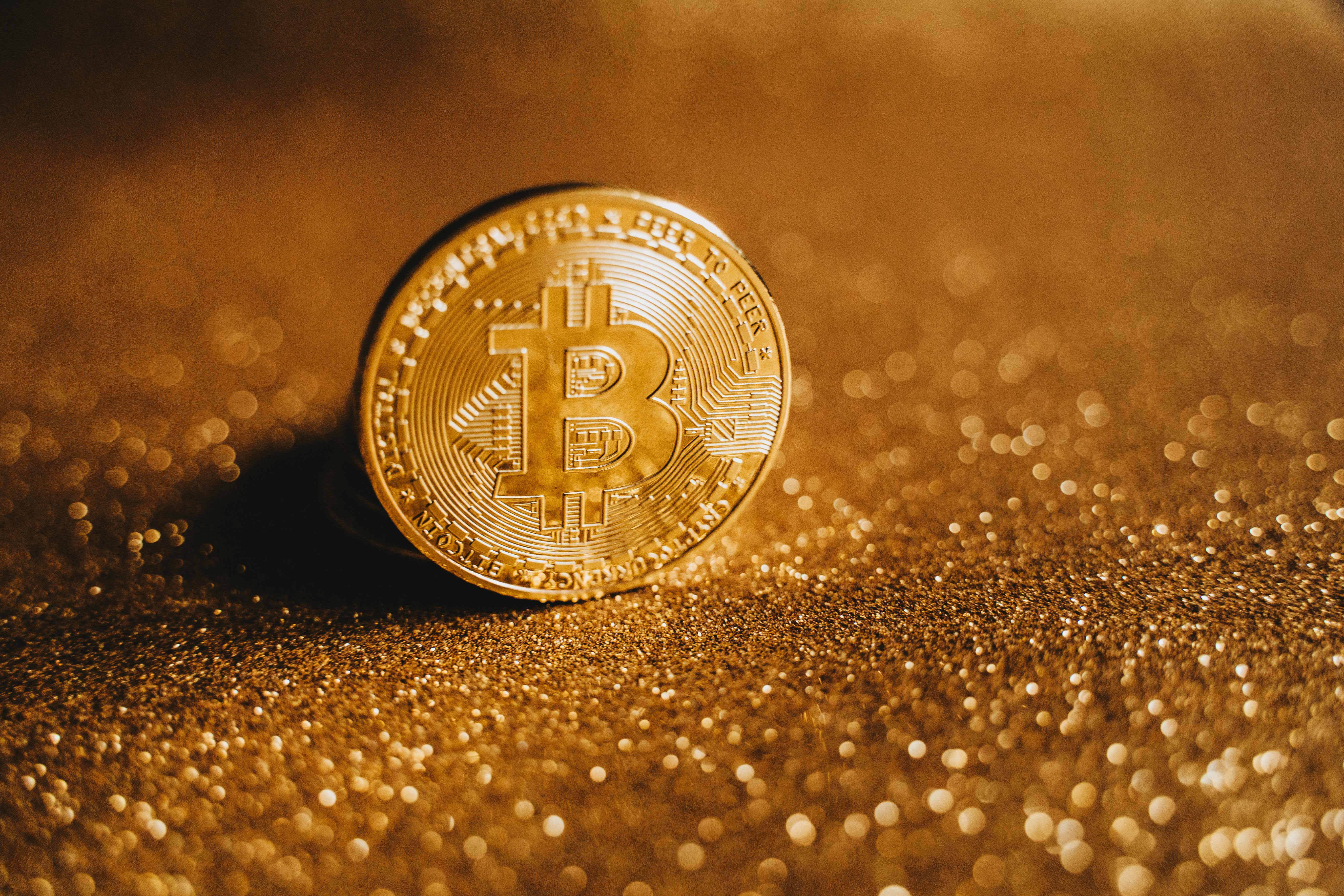
Anime meets blockchain in high-concept fusions of tech and magic. The Jujutsu Kaisen series gets reborn as crypto-backed NFT artifacts, linked to real-world Bitcoin market activity as it exists today.
This idea of transforming anime heroes into interactive virtual collectibles already exists in the future of fandom. The new twist arrives — NFTs that evolve in the fluidity of crypto prices. Artists and developers have already begun finding ways to incorporate these characters in dynamic smart contracts that respond in real time to the live bitcoin price feed, discovering a real-time feedback loop between virtual currency and virtual culture.
These blockchain-based Jujutsu Kaisen items aren’t just mere static images. The tokenized avatars can be switched back and forth between cursed and unleashed modes depending on whether the price of Bitcoin rises, falls or stays the same. The current bitcoin price lets the art reflect today’s market attitudes, transforming the traders into indirect members of a cursed energy network.
Digital Curses Meet Decentralized Oracles
In the background, the oracle networks do their online conjuring. The oracles are go-betweens between the blockchain and external data, sprinkling certified real-time bitcoin price feed changes into the smart contracts governing NFT activity. A Sukuna NFT might react visually to a market decline by flashing a menacing glow through the link. A higher Bitcoin price might trigger blue-tinged animations in a Gojo collectible.
This reactivity is not limited to color and light. Specific NFT versions include moving backgrounds, reactive audio snippets or aura animations triggered by percentage movements of the real-time price. For various pilot projects, the NFT owners have reported that the swings of Bitcoin’s performance nearly feel as if they were invisible cursed spirits acting upon the behavior of the work of art.
These systems employ decentralized oracle providers for tamper protection. Chain-linked APIs and customized data bridges verify integrity and accuracy, so each NFT reacts to real-world market circumstances rather than false data or centralized feeds. Developers are also more regularly employing the blockchain’s Layer-2 networks to execute these systems at a cost-effective level and chains such as Arbitrum and Optimism aid in reducing the cost of gas while providing real-time reactivity.
Dynamic Design Powered by Live Feeds
Technically, these NFTs utilize modular smart contracts designed to alter assets and metadata in response to external stimuli. Each real-time bitcoin price feed alteration triggers an on-chain event, calling up new image files or animation sequences from decentralized storage repositories like IPFS or Arweave. The ultimate result is a living work that evolves along the price action.
The functionality transcends aesthetic progression. Certain sets allow NFTs to “level up” based on real-world events. For example, if Bitcoin reaches $70,000, a Megumi NFT can advance to new animation overlays representing domain expansion. These progressions are irreversibly written on-chain, providing a trackable NFT evolution history.
Using metadata standards allows collectors and marketplaces to see every state modification in the NFT’s history. The history perspective becomes a cursed journal of energy — a stream of magical events explained in the blockchain language. Kept locally or accessed via dynamic marketplaces, the NFT becomes an art piece and a mutable artifact.
Rarity Through Volatility
That’s the most powerful synergy of all, volatility-based rarity. The scarcity of certain NFTs, as opposed to scarcity based on fixed figures, is based on the performance of the price of the blockchain cryptocurrency, in specific time frames. For example, during the most volatile times, ultra-rarity versions of characters like Toji or Mahito can be autonomously released randomly to owners via smart contract-triggered reveals.
This template redefines market activity as a narrative device rather than a speculative tool. If Bitcoin goes up or down, the characters respond — not in investment return but in thematic interpretation. If a token that only reveals itself upon 10% per-hour losses becomes cursed, it symbolizes turmoil rather than worth.
Additional layers can include unlockable soundtracks, voice-line changes or even panel manga changes that rely on market lows and highs. Some NFTs of active sets have switched as many as five times a trading day, embracing the ebb and flow of the virtual asset as much as the anime-like tension.
As these movements rely solely on data distinguished from user activity, the system remains inherently non-financial. No staking rewards or returns are guaranteed. The NFT, instead, becomes a reactive canvas — a paranormal mirror of a global currency heartbeat.
The Next Collecting Frontier
While most anime NFTs are fixed representations, these blockchain tokens herald the age of programmable collecting. They integrate fandom, tech and economic data in a single experience. No longer does owning a token equate to possessing a fixed token, but engaging in a continually evolving digital narrative.
Appealing to the new age of collectors searching for higher absorption, the plan uses the themes of unbalanced power, cursed energy and spiritual volatility common to Jujutsu Kaisen. Developers add emotional risk by connecting the collectibles to volatility in the real world without providing investment advice.
These NFT projects are more concerned with interactive design and art than speculative potential. Employment of language typically prevents financial advertising and price movements yield to the aesthetic changes. The distinction demarcates blockchain fandom from speculation, akin to storytelling rather than trade.
Some are even experimenting with joint features, through which different owners of NFTs can enable mutual transformations if Bitcoin reaches consensus thresholds in other parts of the world. These global coordination episodes include a community-based activation — a virtual ritual based on shared anticipation.
